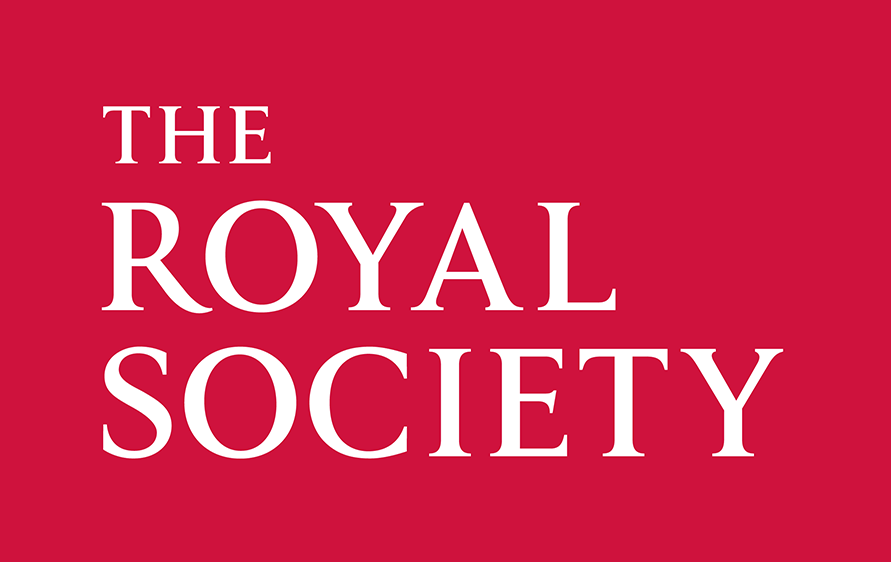MultiMeDIA | Engineering Science Department | University of Oxford
MultiMeDIA (Multimodal Medical Data Integration & Analysis) Lab
About Us
Our human body is a team of interconnected organs working in perfect harmony in healthy body, or disharmony during pathology. All the current medical imaging modalities can only provide a piece of the anatomical puzzle, either through 2D projections (e.g. x-ray), or 2D sparse planes (e.g. MRI), or without accounting for motions (e.g. CT, MRI). It gets further complicated due to the presence of breathing, heart beating, and patient movements. Beyond the anatomy, there are functional characteristics including physiology, electrophysiology, electromechanics, etc., which are also related to simple demographic to complex blood, kidney, protein, and genomics biomarker data. So clearly some Assembly is required to understand and analyse this Multiverse of Madness.
That’s why we are in the Multimodal Medical Data Integration & Analysis Lab, in short MultiMeDIA Lab, working to develop automated, AI-assisted tools for real-time clinical assistance both for the early diagnosis as well as during the interventions. We are both working on the development of optimal patient care pathways in the high-income countries, as well as providing early diagnosis and intervention support during the scarcity of resources such as in the low- and middle-income countries. Our aim is to develop generalisable approaches that will work optimally anywhere in the world.












